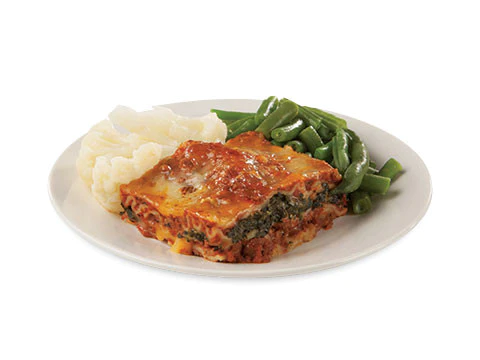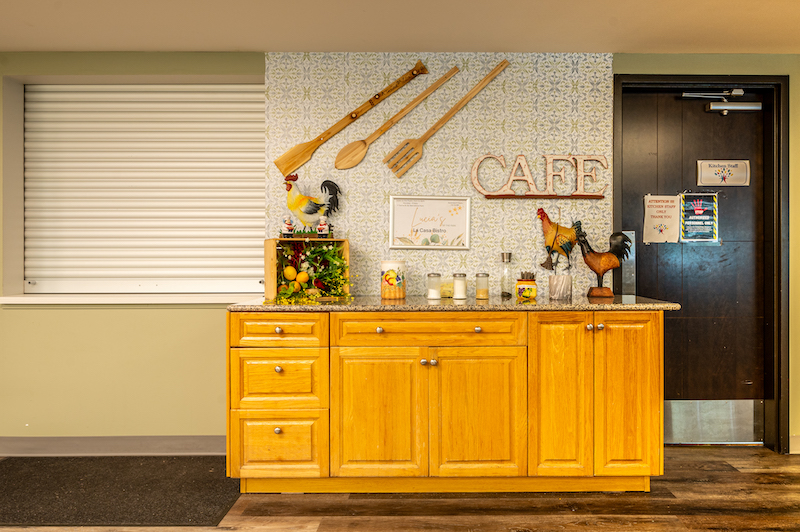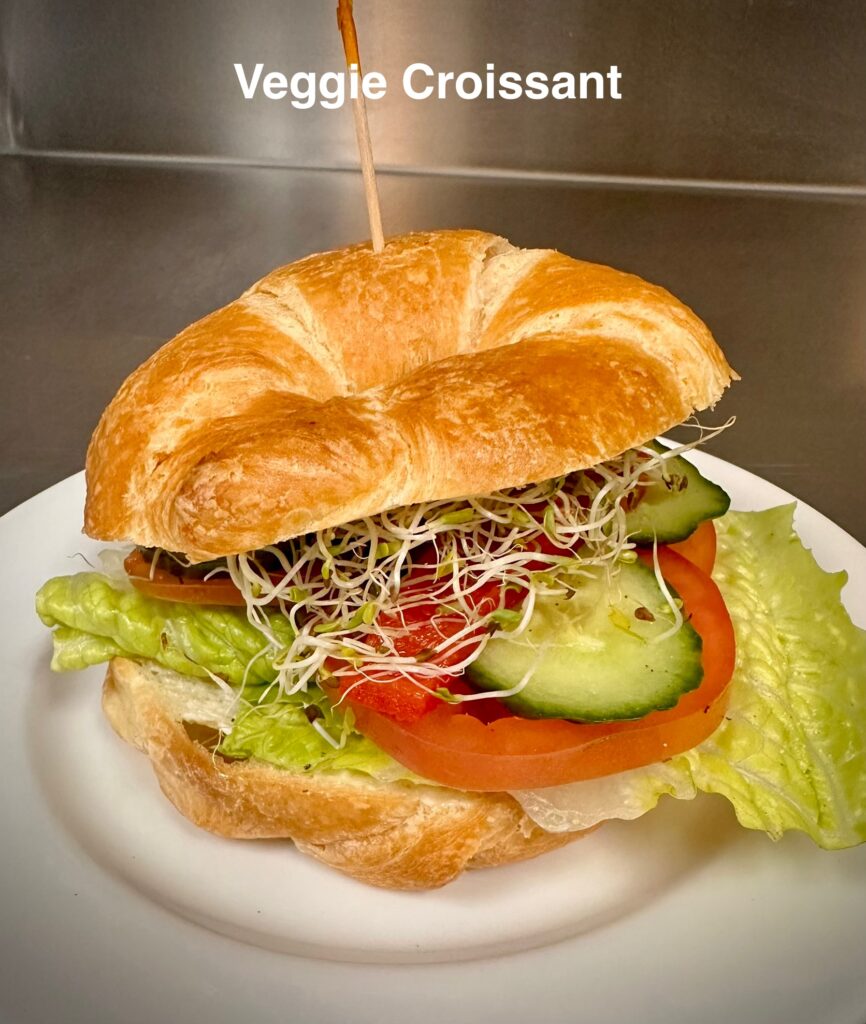Blog
I Like Round Numbers
I read about how we react differently to round numbers versus non-round numbers. There were studies quoted, and I read it on the internet, so it might be true. But it is definitely fun.
I’ll first give you an example of two round numbers to show how I react differently. On a package of ground meat. I’ve seen it advertised as 80% lean. Now, it could have stated 20% fat! I can just feel my visceral reaction is different.
When I actually have a human to interact with at the grocery store’s check-out, I sometimes get asked if I’d like to donate a loonie to a charity. “No, not today, thanks,” is my usual reply. However, now some charities are asking,” Would you like to round that up?”
The study researched this by asking folks to donate 67 cents (on a bill of $7.33) while asking others to “round up.” The rounder uppers more often made the donation.
The scientific explanation is that humans have a soft spot for round numbers.
When I use the current example of a covid vaccination’s effectiveness, we hear numbers such as over 95% effective, or 95.4% effective, or 90% effective. Apparently, we process those numbers differently and thus make different decisions of whether to get the vaccine.
The 90% number is easily understood, and it is a significant, bold, robust number. Think – it isn’t 89%! This will tend to have people think that if it’s that effective, I should get it.
The 95.4% number is harder to process. We ask ourselves, why not 100%? It isn’t wholly effective.
The over 95% comes in as a close second place to encourage getting the shot. But the qualifier of “over” slows our mental processing down, just enough to not get the shot by a small amount.
One last example. We often see a regular car listed, for instance, at $24,999. This is not seen as a luxury or extravagant item, so the non-round number speaks about the price’s primary consideration. The Lamborghini is listed at $320,000. This significant, bold and robust number speaks to quality.
Don’t get hung up on the research or even the principle. Just have some fun with the concept, true or false.
Please give this a bit of a think and identify 2-3 number examples that are meaningful in your life. If you are looking for a house, check out the advertised price. Same with a vehicle purchase. What about food prices in a bargain price branded store versus a boutique high-end specialty food store?
Tell me about your experiences and what those numbers did to your thought processes.
I’m curious about your thoughts. Please leave your comment. I read every one
And my thanks to St. Albert Seniors Association: 780-459-0433 for making this Blog possible.
Photo by Siora Photography on Unsplash
If you enjoyed The Blog, please share it with others. Thanks.

Volunteer Blogger











I don’t pay attention to Black Friday sales but a few days ago while with my daughter in a high end gift store ( she had a $35 gift certificate to use up) We were looking at an item that was way over her gift card but I said I’d pay the difference if she found something she really liked. The clerk told us “ and there’s 20% off on our Black Friday sale “ – it was now Tuesday. Fantastic, but a few minutes later she reneged- “oops my mistake the sale is over “. Mentally that put me in a tailspin. She giveth then tooketh away! I didn’t want to buy it then but I’d just told my daughter that I’d pay the difference so I’d be doing the same thing to her that the sales clerk did to me. At the cashier I had to chuckle/ there was a notice taped to the plexiglass barricade that read “ Under no circumstances will rudeness be tolerated “. Yikes I wonder how many frustrated customers they encounter in a day?
I was very polite.
My daughters work in retail. I don’t know how they do it with the rudeness and abusive behaviour from customers – and not even covid related.
There were 2 university students trying to prove that merchants priced their items to take advantage of the rounding up in Swedish rounding. They
priced over 2 000 items to show that most prices ended in an 8 or 9 so that they would be rounded up. They thought they had proved their case, but they were wrong. Swedish rounding is not done on individual items but on the total bill so that 8 items ending in 9 would give an ending of 2 which would be rounded down, Another point is that Swedish rounding does not apply to debit or credit card payments. Who would have thought?
Even the simple things are often more complex. The more we know, the more we know we don’t know!